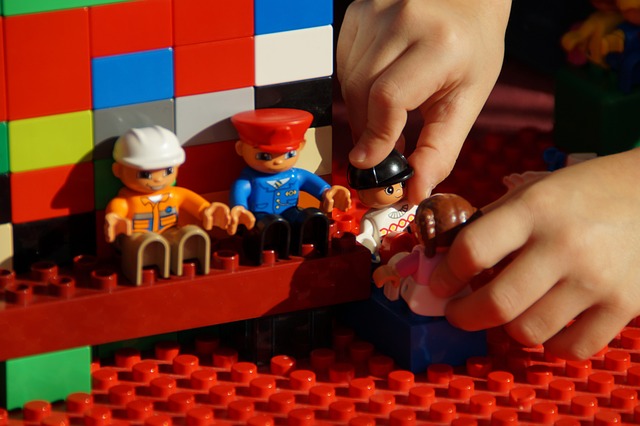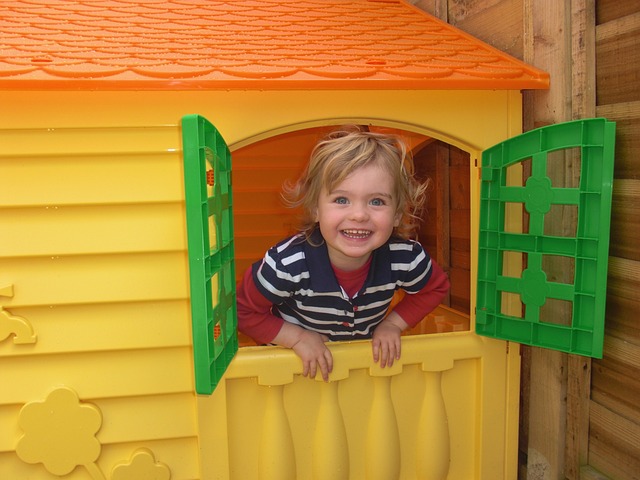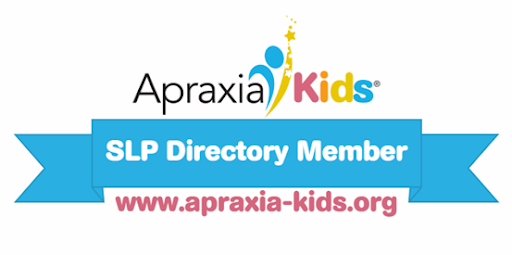
Helping Children Set Goals for the New Year
The New Year is a great time to teach kids the value of goal setting. It’s a chance to practice and build skills such as planning, persistence, and self-reflection while boosting their confidence. Tips for Goal-Setting with Kids: Explain Goals Simply Discuss what goals are and why they’re important. Keep Goals Age-Appropriate Tailor goals to your child’s age. Younger kids can aim for simple goals, like reading a new book, while older kids can tackle longer-term objectives. Write It Down Have kids write their goals, draw their goals, or create a vision board. Celebrate Progress Acknowledge milestones to keep them motivated, whether through words of encouragement or small rewards. Stay Flexible Help kids adapt their goals if needed. Flexibility is a valuable skill for overcoming challenges.











